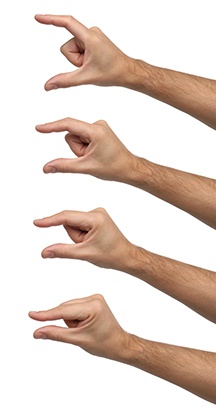The euphoric first few hours of a newborn’s life are briefly interrupted when the infant is whisked away, and the nurse informs the parents that staff will be pricking their infant’s foot for blood drops. This test, that uses dried blood spot (DBS) technology, has been employed for over five decades. The minimally invasive DBS test requires only a few drops of blood--DBS is the standard newborn screen for developmental, genetic and metabolic disorders. DBS is also used in a variety of tests for adults; DBS can be employed for gene screening and long-term genetic bio-banking.
The sample preparation methodology used in DBS and other analysis systems has been trending toward using statistically smaller sample amounts. This movement leaves bioanalysts experts to consider the question, “Is bigger better?” Does a little sample size shape the exactness of results? Are there connections linking sampling exactitude and sampling breadth? Do fresh, alternative microsampling approaches provide similar confidence levels? These are questions posed by a recent column in the September 2016 issue of LCGC Asia Pacific, titled “Know Your Sample: Size Matters”
